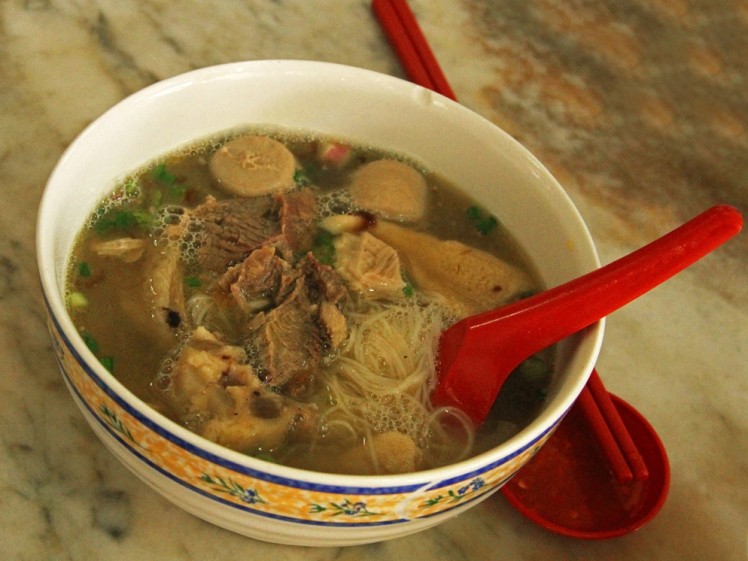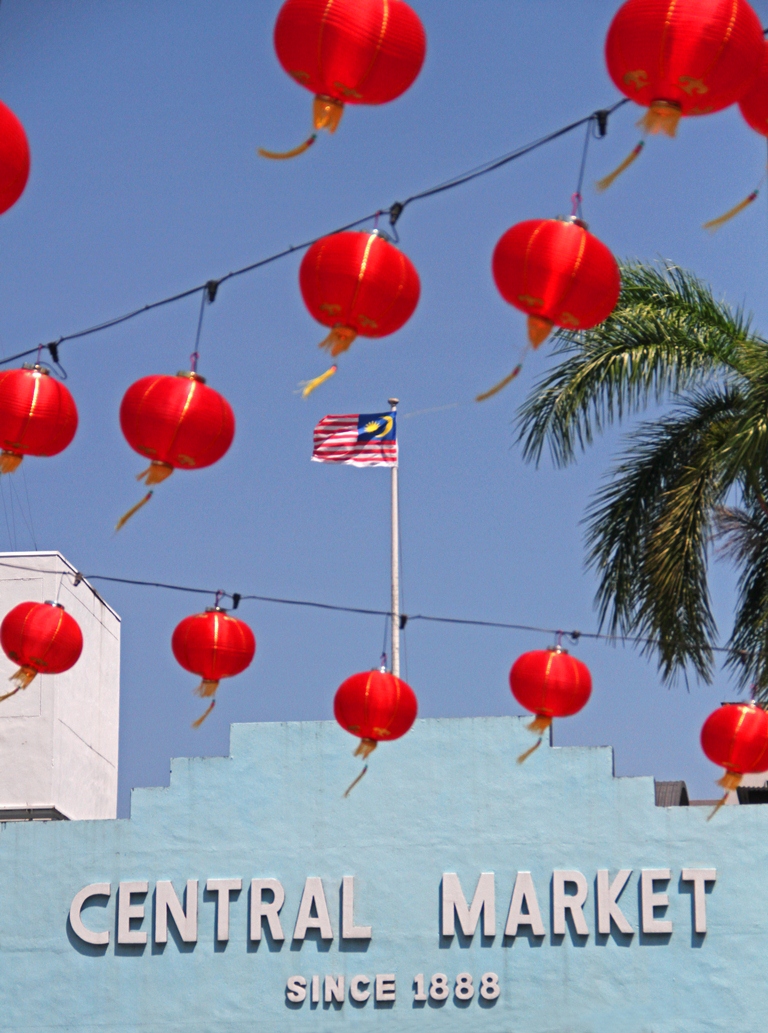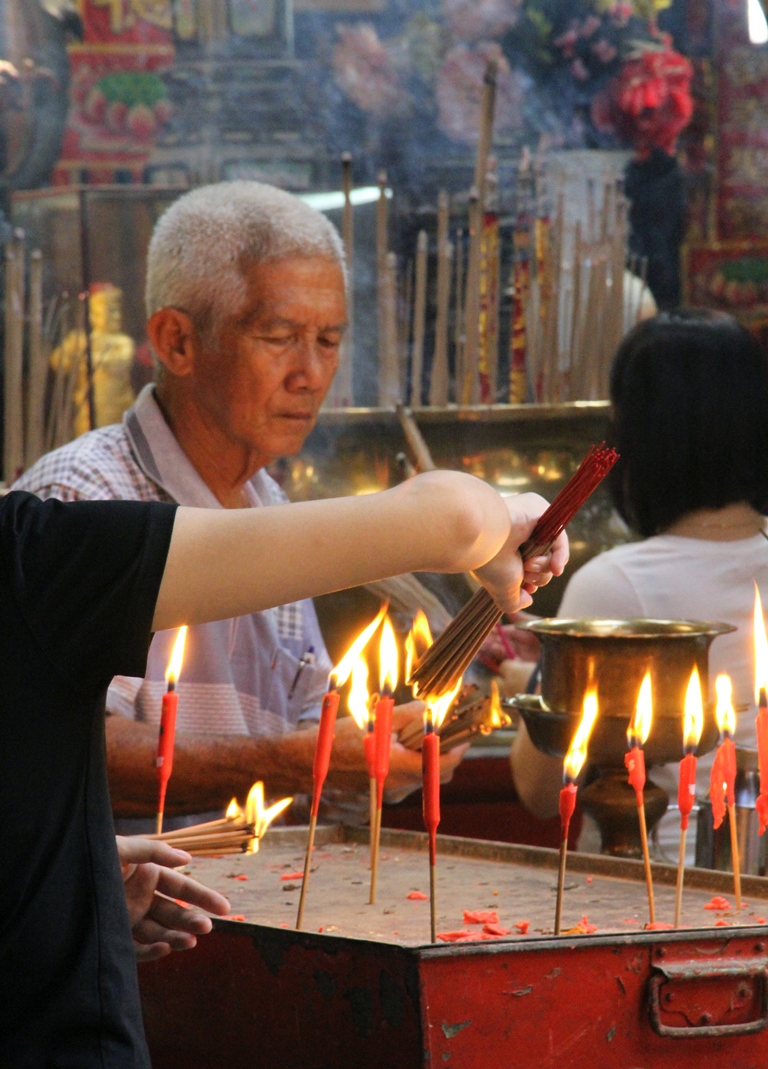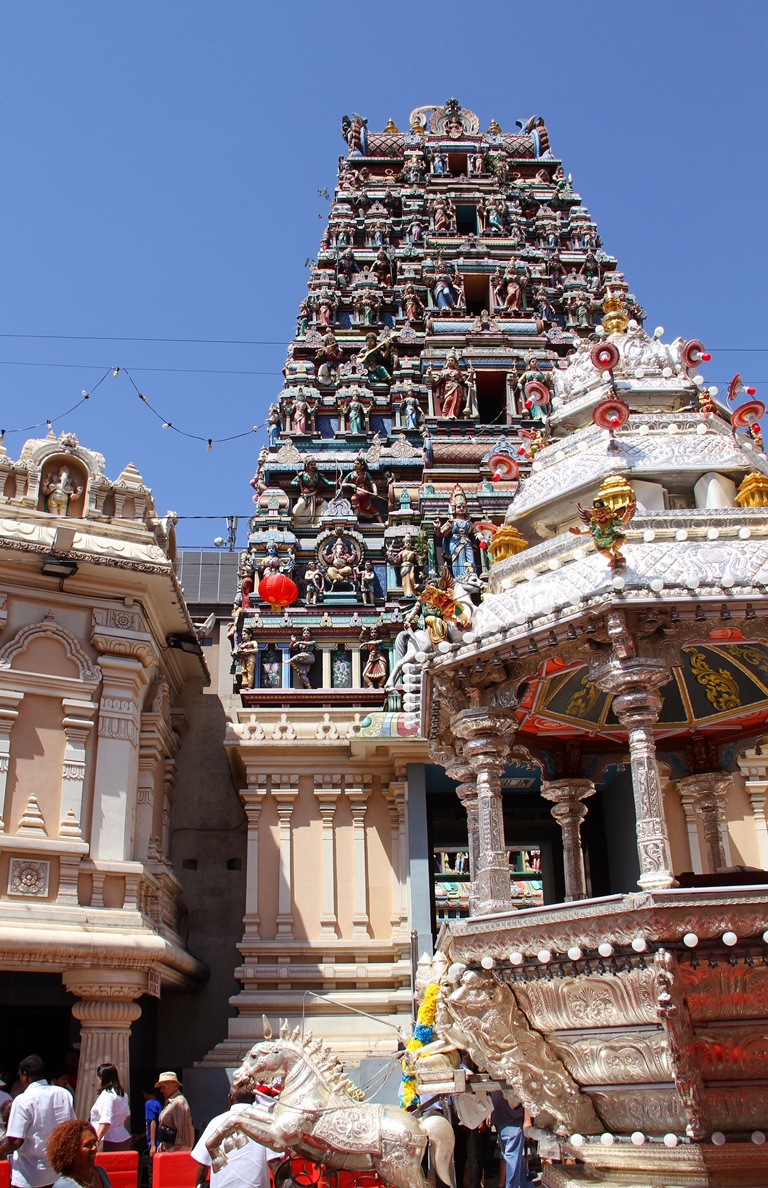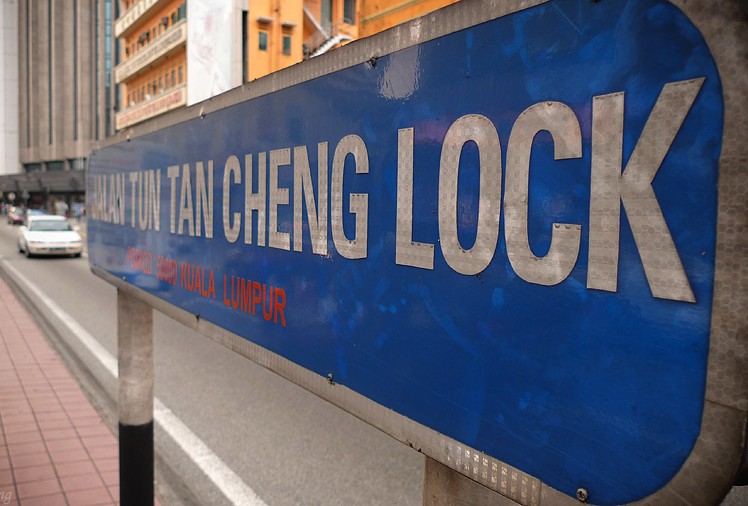
Photo credit: tuis / Foter / CC BY-NC-ND
Though seldom mistaken for Bono, travel photojournalist David Bowden nevertheless channeled the U2 legend while on a stroll in Kuala Lumpur’s Chinatown, uncovering some fascinating truths along the way.
There are some streets in Kuala Lumpur that you can walk along but never know their name. Having a U2 moment (Where the Streets Have No Name), I wandered along the main street that bisects Chinatown and realised that I indeed didn’t know its name. As I passed the main entrance to Petaling Street and Chinatown, closer inspection revealed that the ‘nameless’ street was in fact Jalan Tun Tan Cheng Lock. With the honorific ‘Tun’ I knew the street was named after someone of great esteem in Malaysian society.
On most occasions, apart from pleasantries, snack time is not discussion time, but I was delighted to meet Mr.Yee from Ampang who, it turned out, had been coming for the ‘famous’ beef ball noodles for over 40 years. He was with his equally charming daughter, and they soon filled me in on the dish I’d ordered. (I was so happy that I had stumbled across the famous dish and had made the appropriate order.) They informed me that the waiting time would be some 30 minutes because of the stall owner’s fame and that everyone in the restaurant was basically there for the noodles.
Now retired, Mr.Yee first came to the restaurant in the early 1970s and he said that very little had changed in this stock standard Chinese coffee shop. Tiles dominated, the chairs were old wooden coffee shop type, and the table tops were marble. Mr.Yee even joked that some of the cobwebs above the hard-working ceiling fans probably dated back to the 1970s. He informed me that the noodle owner was the third generation and that the recipe hadn’t changed and that’s why everyone was there (if you’re onto a good thing, stick to it). A word from Mr.Yee (and being with the only foreigner in the shop), and my noodles arrived earlier than expected and were delicious. I later found out that there were two other ‘famous’ beef noodle shops in the vicinity.
Places of Worship
Chinatown has several places of worship located off side streets to Jalan Tun Tan Cheng Lock. Sin Sze Ya Temple, built in 1854, is KL’s oldest Taoist temples and a place where there always seem to be plenty going on with people praying and burning incense.
Head a little along Jalan Tun H S Lee for the Chan See Shu Yuen Buddhist Temple and Sri Mahamariamman Hindu Temple which is where Thaipusam celebrations start with the chariot heading from here out to Batu Caves.
Apparently the words for the U2 song Where the Street Have No Name are about Bono’s wish for people to break down barriers. He maintains that in Belfast it is possible to identify a person’s religion and socioeconomic class based upon the street on which they lived, but in places such as Ethiopia, where the streets have no name, there is a greater sense of anonymity. As I walked along Jalan Tun Tan Cheng Lock, which was – at least until I paid attention – a street with no name, I tried to make sense of the many different people walking along the street. Like many streets in Kuala Lumpur, Jalan Tun Tan Cheng Lock offers a real cross section of Malaysian society, plus a noticeable number of foreign workers, especially on Sundays which is officially their day off.
The nearest public transport to Jalan Tun Tan Cheng Lock is Pasar Seni LRT Station, and it’s best to tell taxis drivers to drive to Chinatown.
Read This: Getting to Know KL’s Legendary Street Name: Jalan P Ramlee
Source: Senses of Malaysia March-April 2015
"ExpatGo welcomes and encourages comments, input, and divergent opinions. However, we kindly request that you use suitable language in your comments, and refrain from any sort of personal attack, hate speech, or disparaging rhetoric. Comments not in line with this are subject to removal from the site. "



